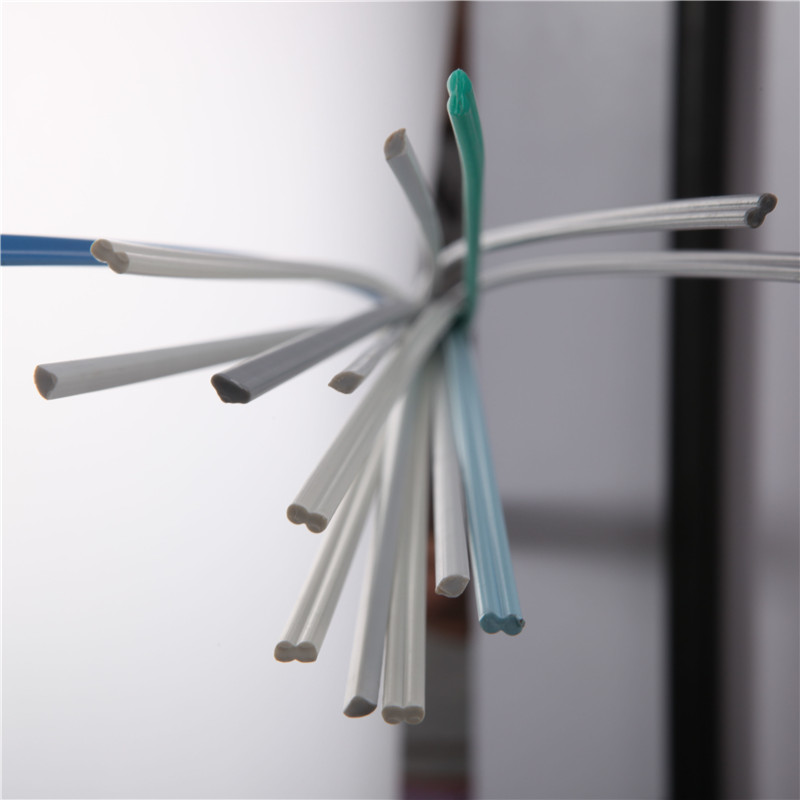Nov . 19, 2024 01:51 Back to list
waste pipe fittings
Understanding Waste Pipe Fittings A Comprehensive Guide
Waste pipe fittings are essential components in modern plumbing systems. They play a crucial role in ensuring the efficient drainage of wastewater from various fixtures, including sinks, toilets, and bathtubs. Understanding these fittings, their types, materials, and installation processes can help homeowners and DIY enthusiasts maintain and improve their plumbing systems.
What are Waste Pipe Fittings?
Waste pipe fittings are designed to connect various sections of drainage systems, facilitating the orderly flow of waste and preventing blockages. These fittings include different components, such as elbows, tees, couplings, and traps, each serving a unique function in the plumbing network. They ensure that wastewater is effectively transported away from fixtures and into the main sewer line or septic tank.
Types of Waste Pipe Fittings
1. Elbows These fittings allow waste pipes to change direction. Elbows are available in various angles, with the most common being 90 and 45 degrees. Their design is integral for navigating corners in plumbing layouts.
2. Tees T-shaped fittings enable the connection of three pipes, providing a branch in the system. Tees are especially useful in situations where a single waste line diverges to two different outlets.
3. Couplings Couplings are simple fittings that connect two pipes of the same diameter, allowing for seamless extensions of the pipe system. They can be either slip or threaded, depending on the type of pipe being used.
4. Traps Traps are designed to hold a small amount of water, creating a seal that prevents sewer gases from entering the home. The most common type is the P-trap, often found under sinks. It is crucial to ensure that traps are installed correctly to maintain hygiene and safety.
5. Adapters When connecting pipes of different diameters or materials, adapters are necessary. They ensure that the plumbing system maintains proper flow and pressure, preventing leaks.
Materials Used in Waste Pipe Fittings
waste pipe fittings

Waste pipe fittings are manufactured from various materials, each with its specific properties, advantages, and disadvantages
. Common materials include- PVC (Polyvinyl Chloride) This lightweight and cost-effective plastic is highly resistant to corrosion and is easy to install. PVC pipes and fittings are often used in residential drainage systems.
- ABS (Acrylonitrile Butadiene Styrene) Known for its strength and durability, ABS fittings are also easy to install; however, they can be more expensive and less common than PVC.
- Copper Although less common for waste pipes, copper fittings are durable and resistant to bacteria, making them a good option for certain applications. However, they are more costly and require soldering for installation.
- Cast Iron This heavy-duty material is typically used in commercial settings or older buildings. Cast iron fittings are durable and provide excellent sound insulation, but they can be difficult to install due to their weight.
Installation and Maintenance
Proper installation of waste pipe fittings is crucial for preventing leaks and blockages. Homeowners should follow local plumbing codes and guidelines during installation. Using the right tools and sealants, checking for secure connections, and ensuring that pipes have the correct slope for drainage (usually a 1/4 inch per foot) are all vital steps.
Regular maintenance can prevent costly repairs down the line. Homeowners should periodically check for signs of leaks, clogs, or corrosion. Cleaning out traps and ensuring that vents are clear can help maintain proper flow and odor control.
Conclusion
Waste pipe fittings are vital for any plumbing system, ensuring the safe and effective removal of wastewater. By understanding the various types, materials, and installation techniques, homeowners can make informed decisions that enhance their plumbing systems' efficiency and longevity. Regular maintenance of these fittings and the plumbing system as a whole will contribute significantly to a clean and functional living environment, free from plumbing issues.
-
Durable PP Rigid Sheet: Lightweight, Chemical Resistant Solutions
NewsAug.21,2025
-
PVC Grey Sheet for Extraction: Chemical Resistant & Durable
NewsAug.19,2025
-
Durable PVC Pipe Fittings for Plumbing & Irrigation Needs
NewsAug.18,2025
-
HDPE Steel Belt Reinforced Spiral Corrugated Pipe | High Strength
NewsAug.17,2025
-
HDPE Pipe Fittings: Durable, Leak-Proof Solutions
NewsAug.16,2025
-
Premium CPVC Sheet: High-Temp & Chemical Resistant Solutions
NewsAug.15,2025

